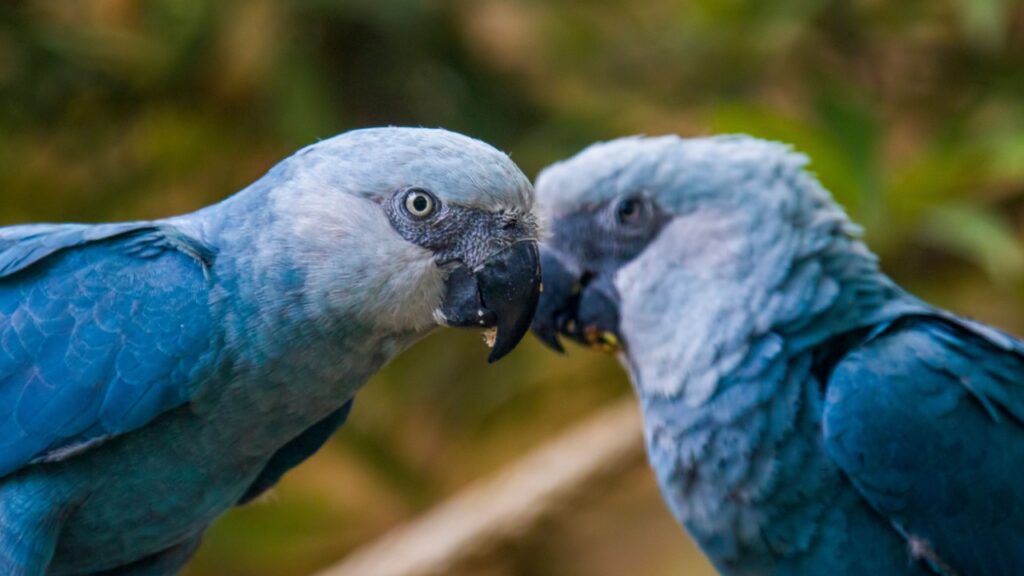The past century has seen an unsettling acceleration in the loss of Earth’s biodiversity. As habitats shrink and climates change, numerous species have been pushed beyond the brink of extinction. The departure of these creatures serves as a stark reminder of the fragile interdependence within our ecosystems and the profound impact human actions have on our planet. This list of 15 animals that have disappeared in the last 150 years isn’t just a memorial; it’s a call to action to prevent further losses in our increasingly vulnerable natural world.
1. Passenger Pigeon
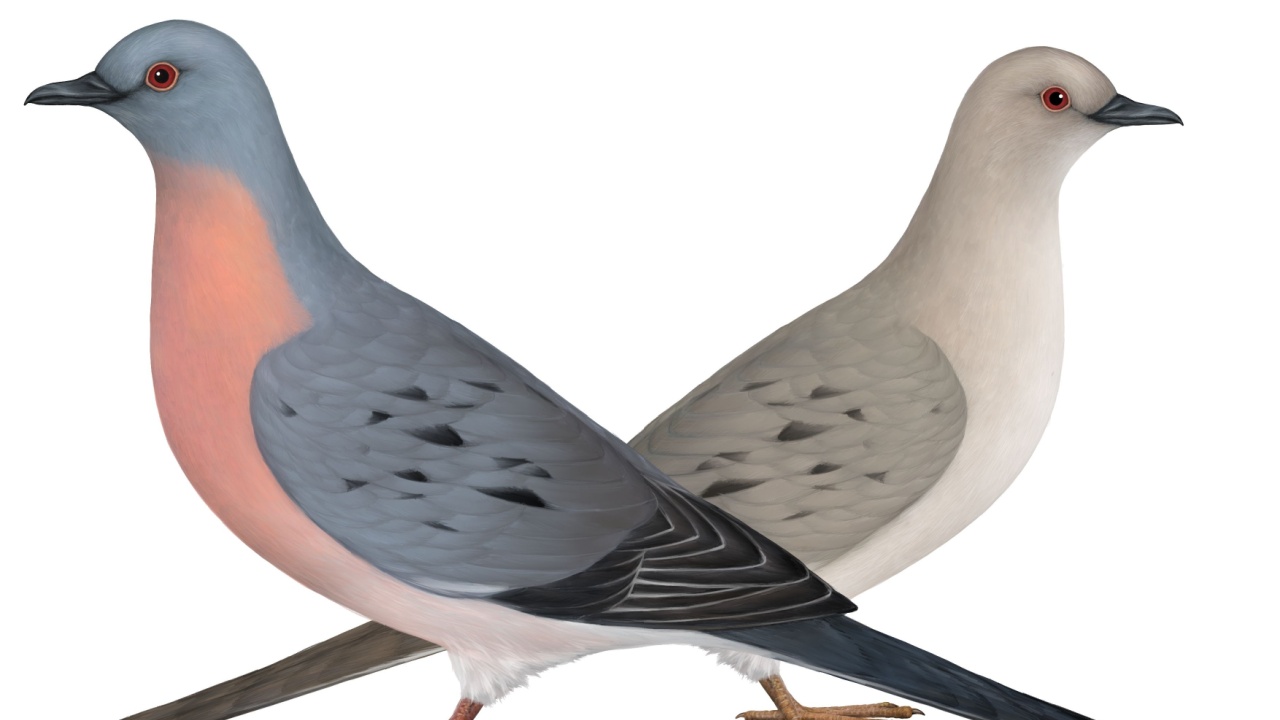
Last seen in 1914
Once numbering in the billions, the Passenger Pigeon was a dominant presence in North American skies. However, relentless hunting and habitat destruction led to its rapid decline. The last known individual, Martha, died in captivity, marking the end of a species that once darkened the skies with their numbers.
2. Tasmanian Tiger
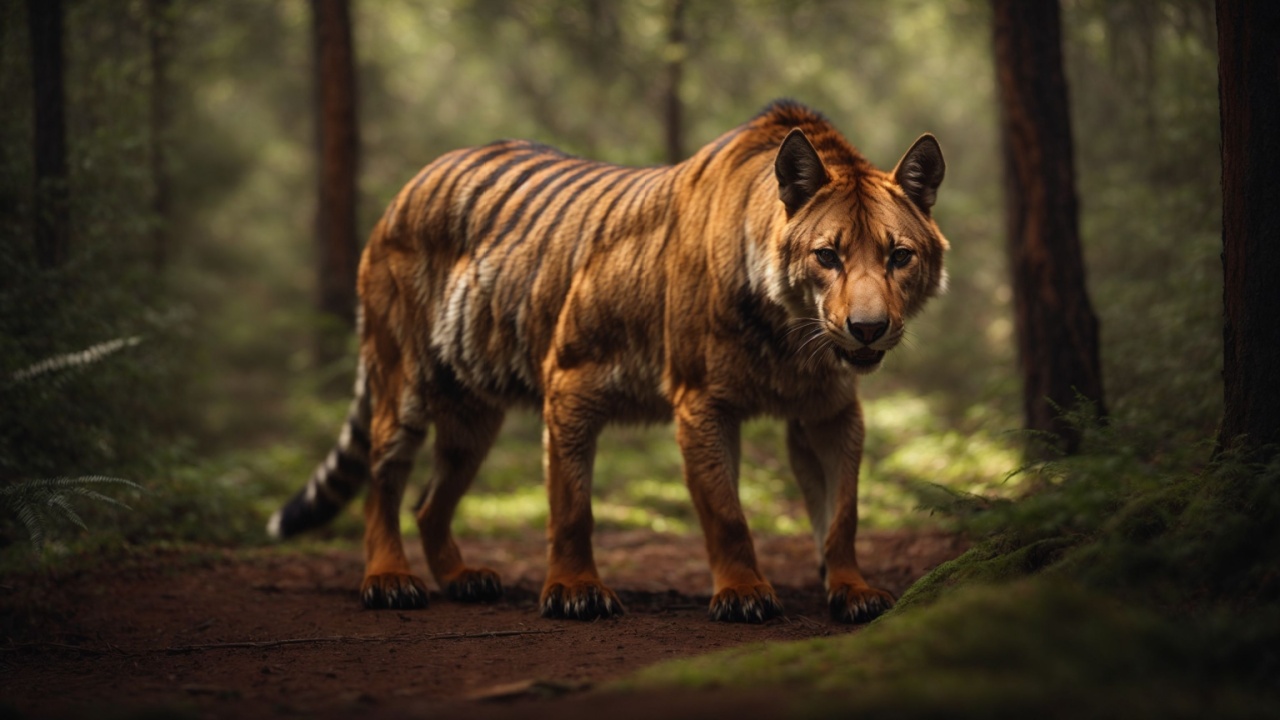
Last seen in 1936
The Tasmanian Tiger was a carnivorous marsupial native to Australia, Tasmania, and New Guinea. Misunderstood and feared as a sheep predator, it was hunted to extinction. The last known individual died in a Tasmanian zoo, and despite numerous unconfirmed sightings since, none have proven to be true.
3. Caribbean Monk Seal
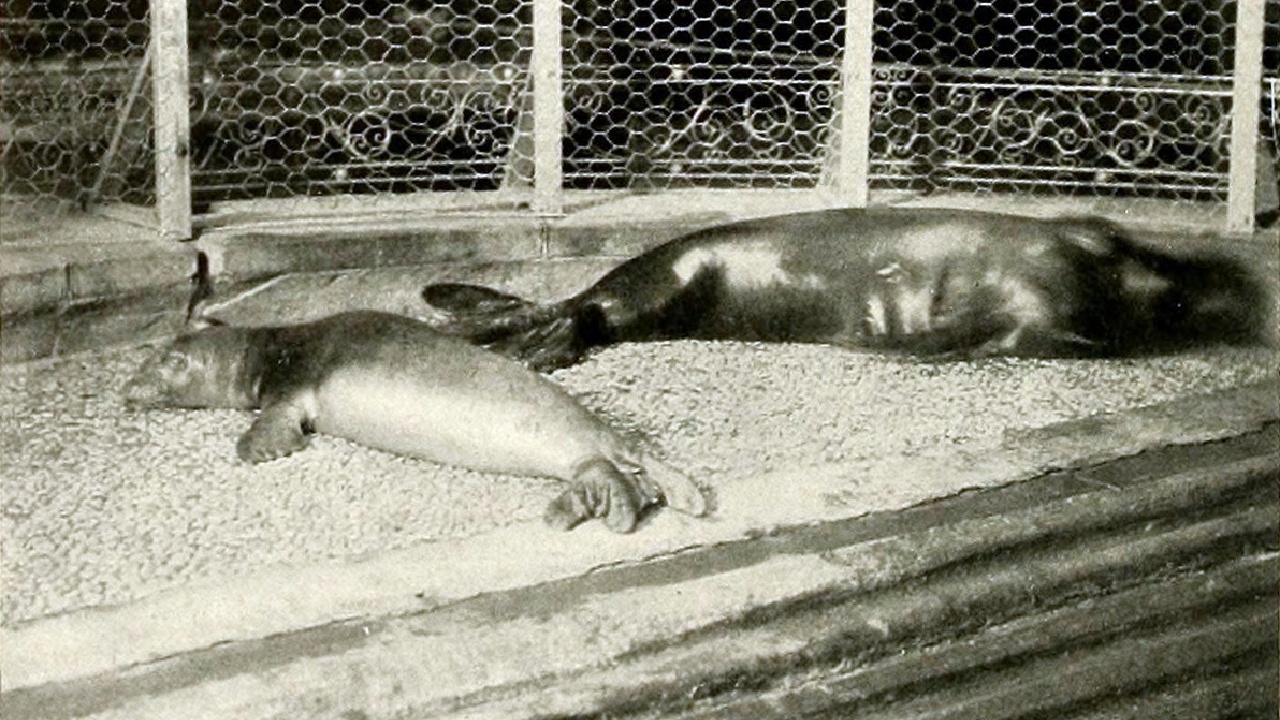
Last Seen 1952 These seals were native to the Caribbean and usually found in warm, shallow waters. Overhunting by humans led to their decline and eventual extinction.
4. Pinta Island Tortoise

Last seen in 2012
The Pinta Island Tortoise of the Galápagos Islands saw its population decimated by hunting and invasive species. The last of his kind, a male named Lonesome George, became an icon of conservation efforts before his death in 2012. His passing marked the end of his species and a somber symbol of human impact.
5. Quagga
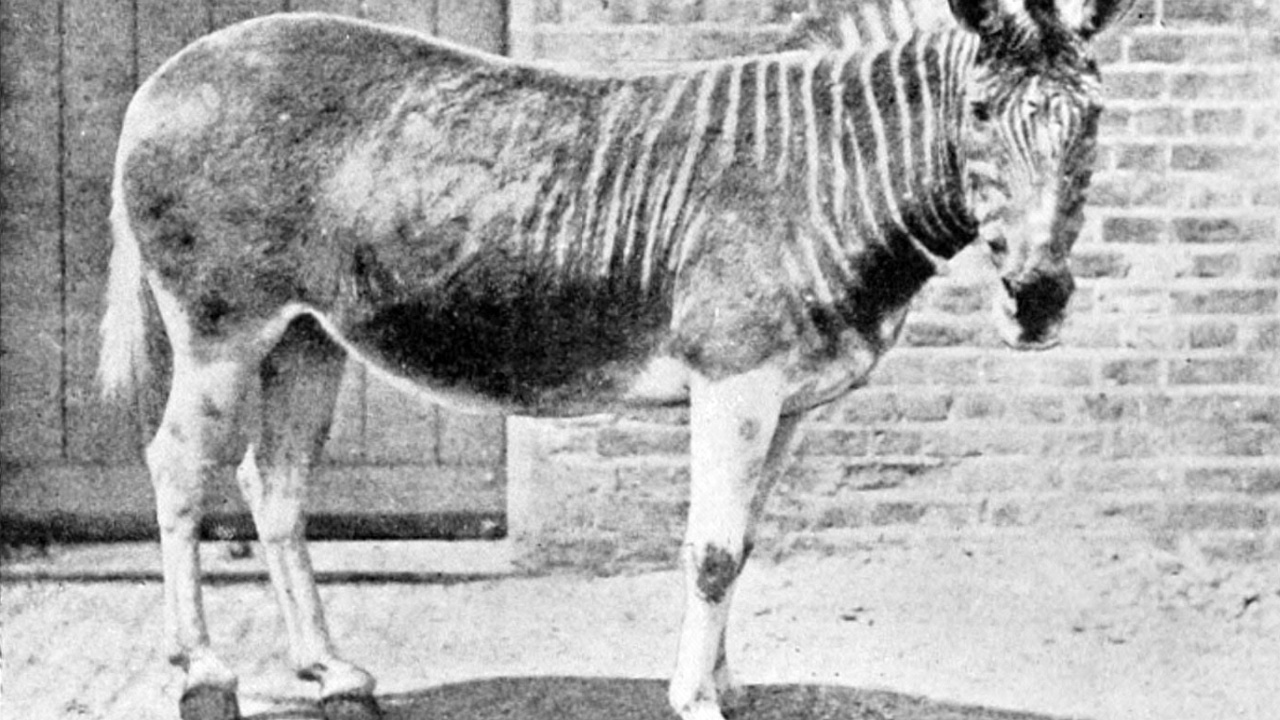
Last seen in 1883
Native to South Africa, the Quagga was a subspecies of the plains zebra with a unique pattern of only half-stripes. It was hunted to extinction for its hide and meat. The last known individual died in an Amsterdam zoo, and all that remains are a few photographs and specimens.
6. Javan Tiger
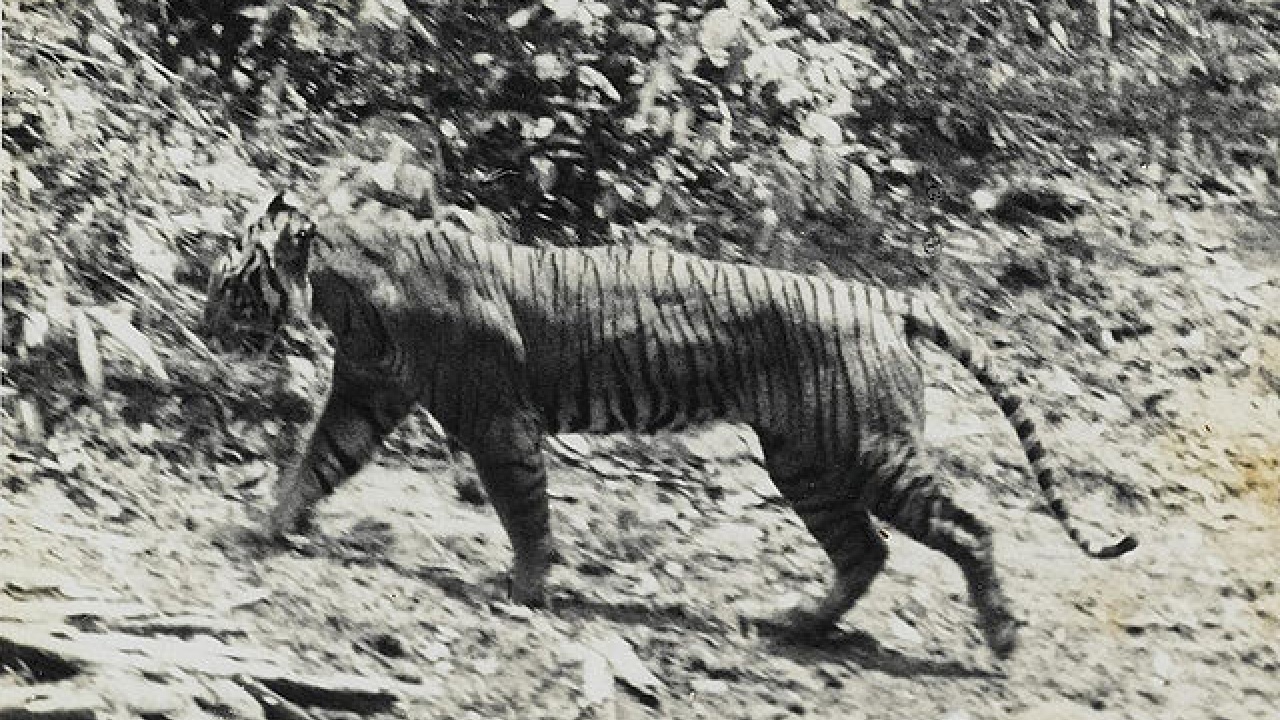
Last seen in the 1970s
The Javan Tiger once roamed the Indonesian island of Java, but habitat loss and agricultural development led to its demise. The last confirmed sightings were in the 1970s, and despite sporadic reports since, the Javan Tiger remains a ghost of the forest.
7. Great Auk
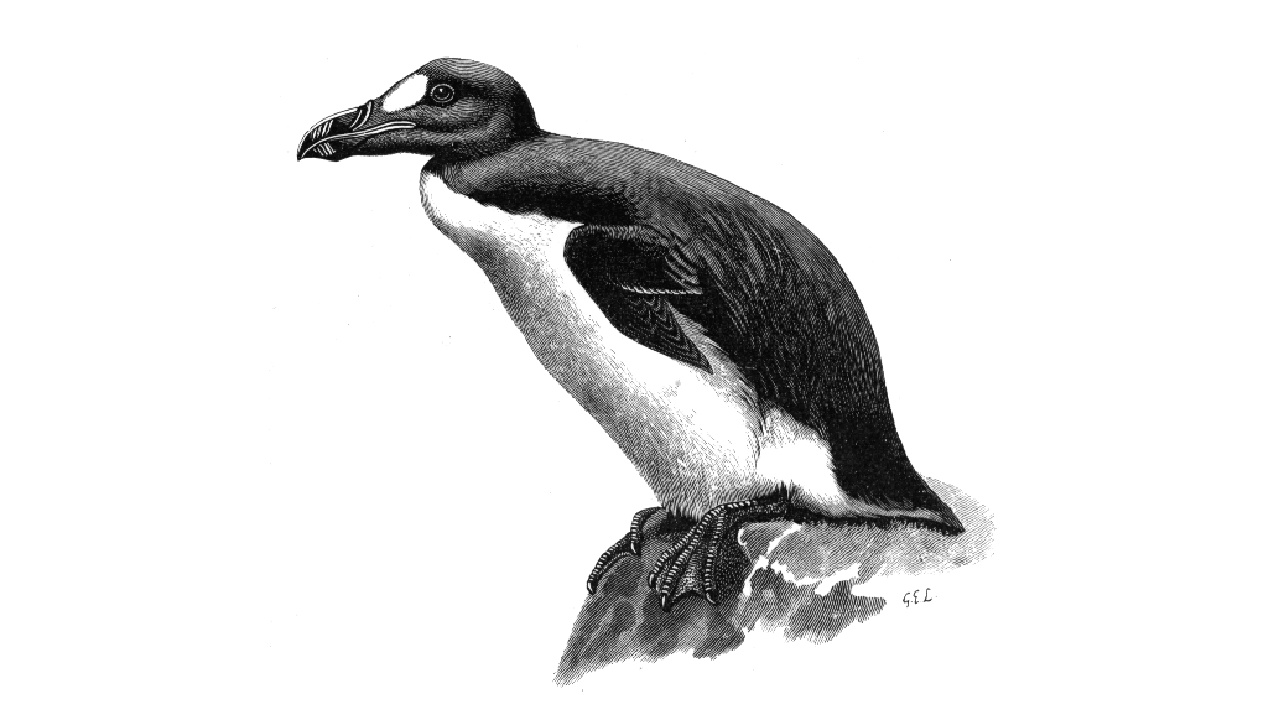
Last seen in 1844
The Great Auk was a flightless bird native to the North Atlantic. Resembling a penguin, it was hunted extensively for its feathers, meat, and oil. The last known pair was killed on Eldey Island off Iceland, their egg crushed under the boots of the hunters.
8. Ivory-Billed Woodpecker
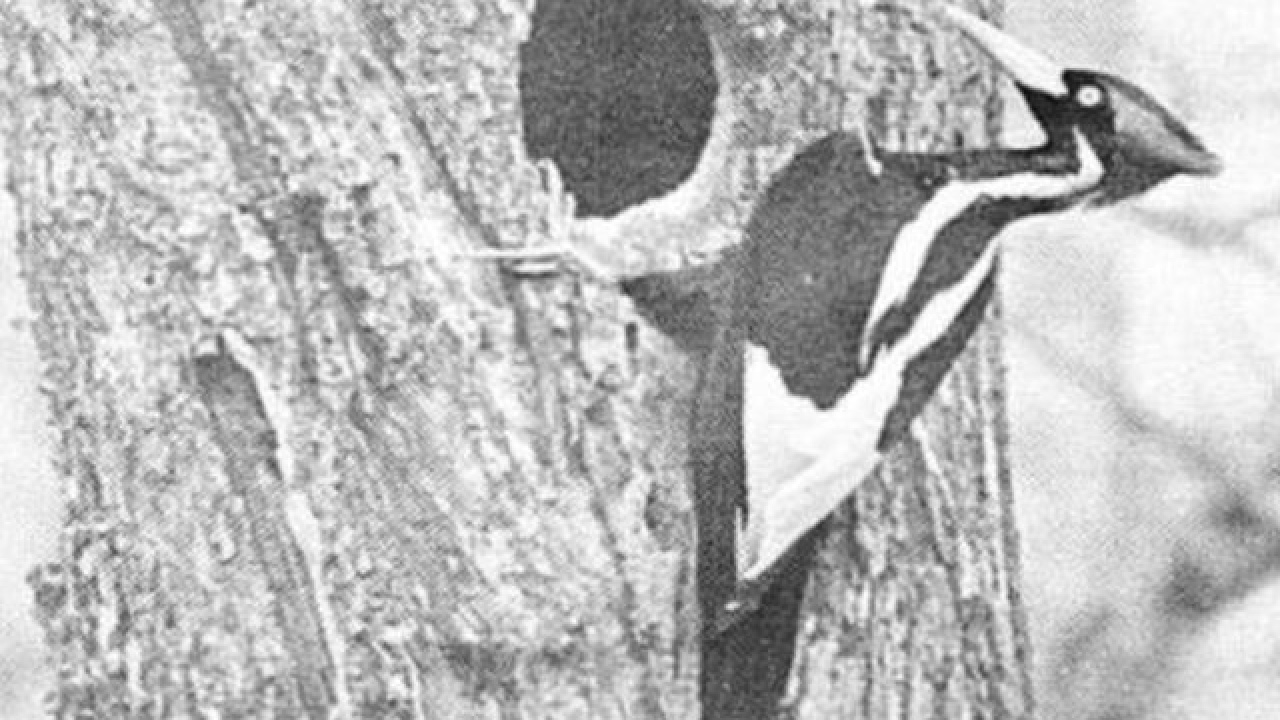
Last seen in the 1940s
Once found in the southeastern United States, the Ivory-Billed Woodpecker was known for its distinctive markings and size. Habitat destruction and hunting led to its decline, with the last widely accepted sightings in the 1940s. Despite occasional reports and searches, none have been confirmed.
9. Baiji Dolphin
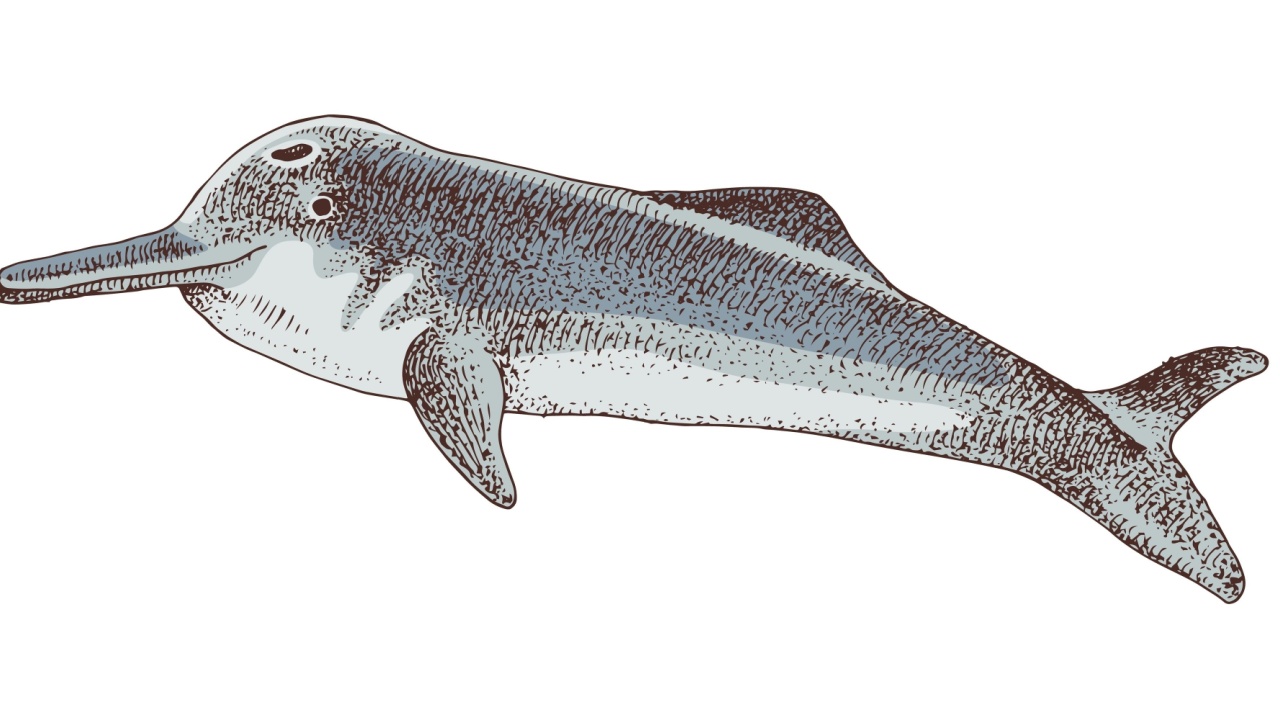
Last seen in 2002
The Baiji Dolphin, or Yangtze River Dolphin, was a freshwater dolphin found in China’s Yangtze River. Pollution, boat traffic, and overfishing led to its decline. The last confirmed sighting was in 2002, and it was declared functionally extinct in 2006.
10. Western Black Rhinoceros
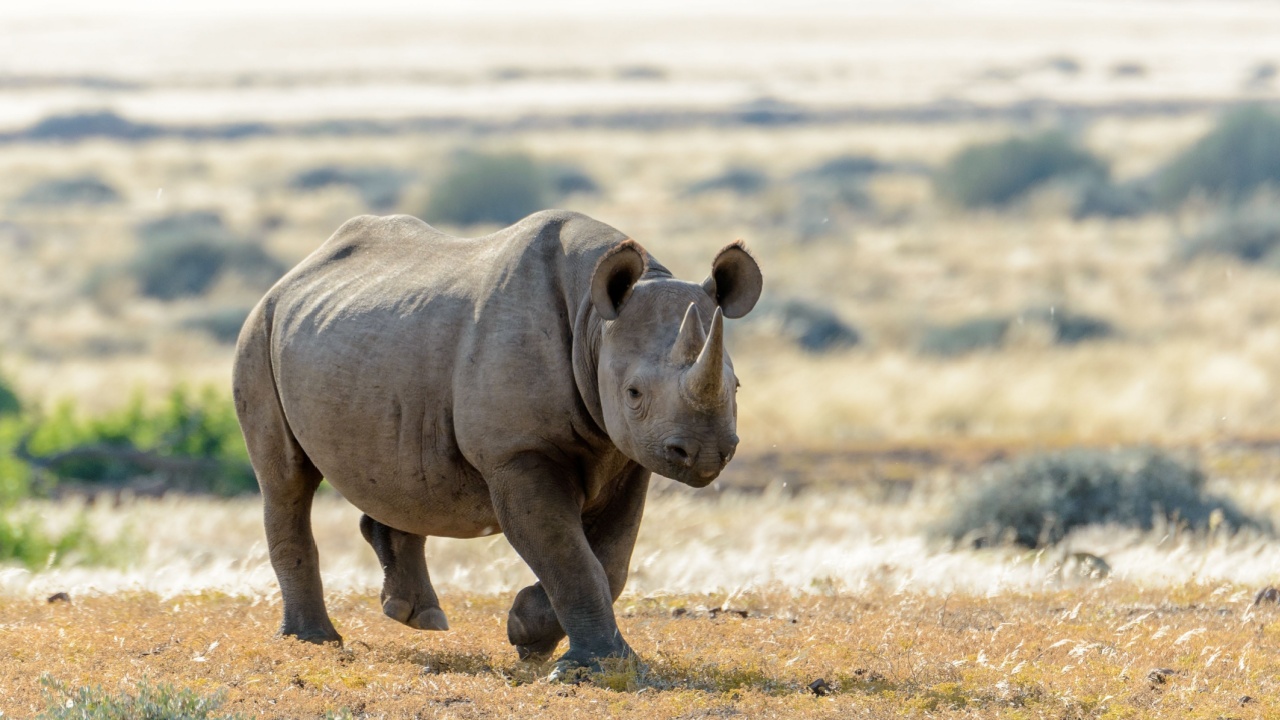
Last seen in 2006
The Western Black Rhinoceros once roamed the savannas of Africa, but relentless poaching for its horn led to its extinction. Despite conservation efforts, the last known population in Cameroon disappeared, and it was declared extinct in 2011.
11. Pyrenean Ibex
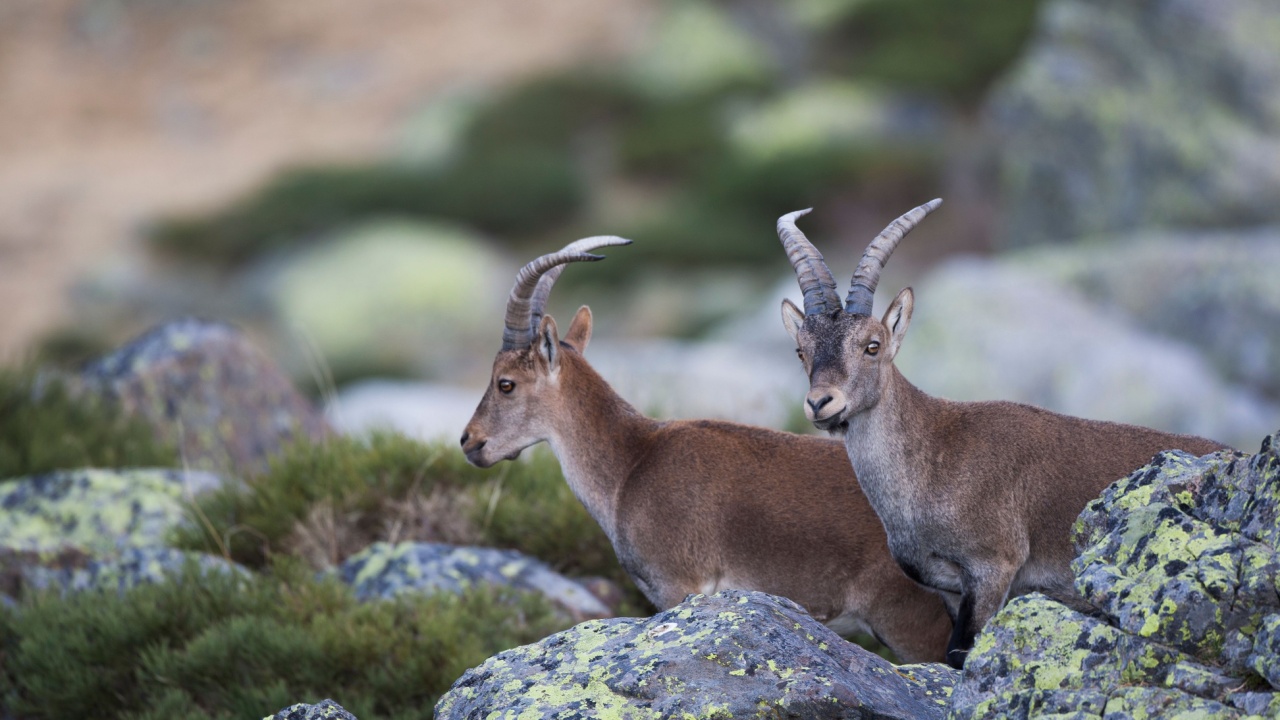
Last seen in 2000
Native to the Pyrenees between France and Spain, the Pyrenean Ibex suffered from hunting and competition with domestic livestock. The last known individual, a female named Celia, was found dead in 2000. In a twist of fate, a clone was born in 2003 but died shortly after, marking a final end.
12. Formosan Clouded Leopard
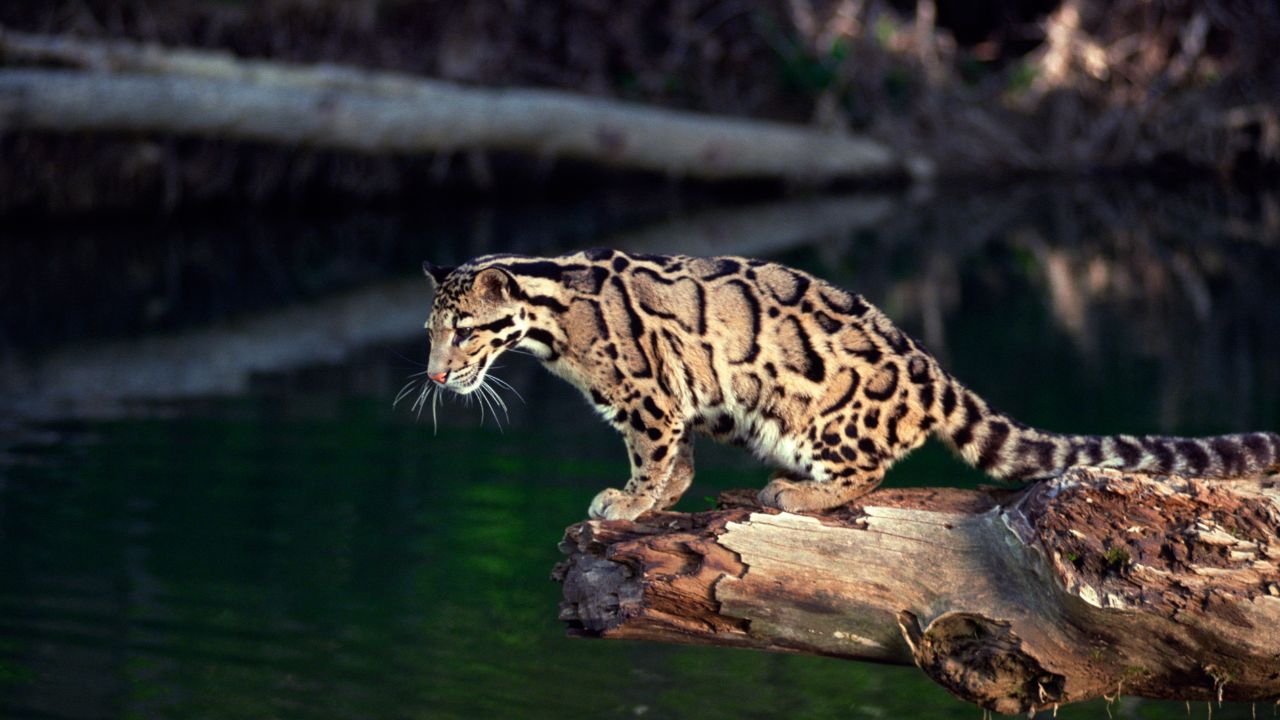
Last seen in the 1980s
Native to Taiwan, the Formosan Clouded Leopard was a beautiful and elusive creature. Deforestation and hunting led to its decline, with the last confirmed sighting in the 1980s. Despite extensive surveys, no evidence of its existence has been found.
13. Spix’s Macaw
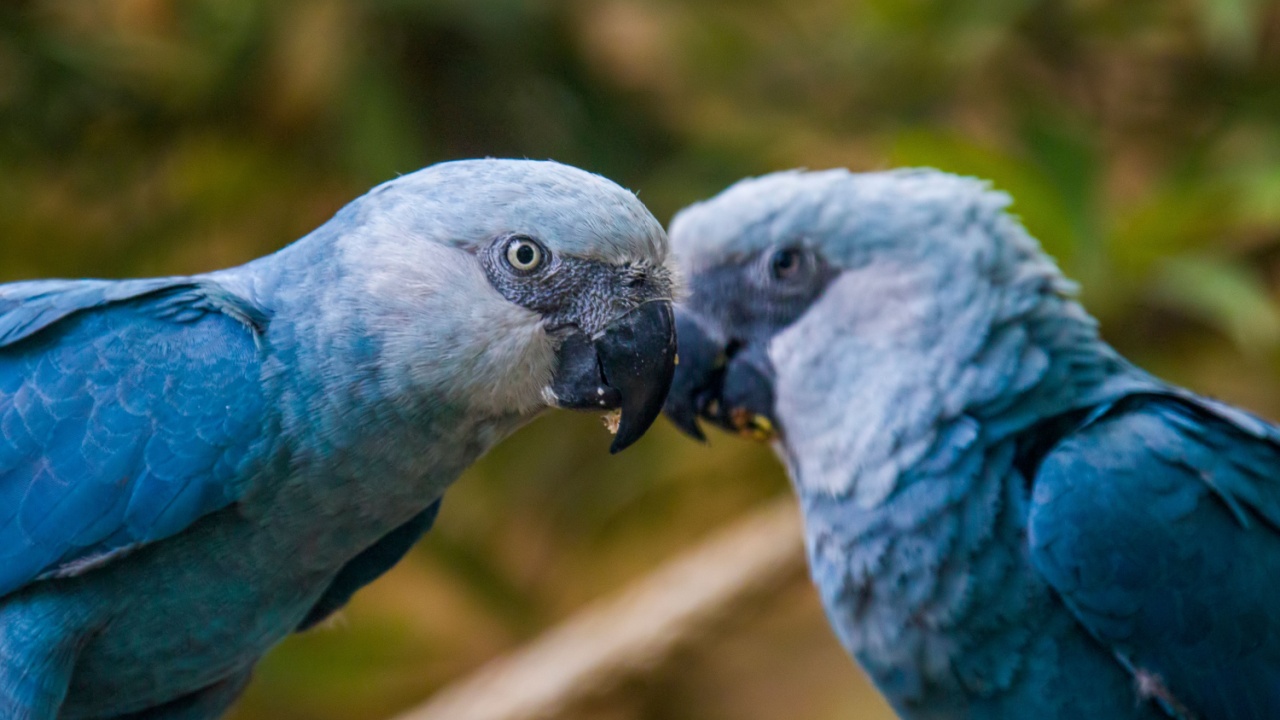
Last seen in the wild in 2000
Known for its striking blue feathers, Spix’s Macaw was native to Brazil. Habitat destruction and the pet trade decimated its population. While there are individuals in captivity, the wild population was last sighted in 2000, and it’s considered extinct in the wild.
14. Steller’s Sea Cow
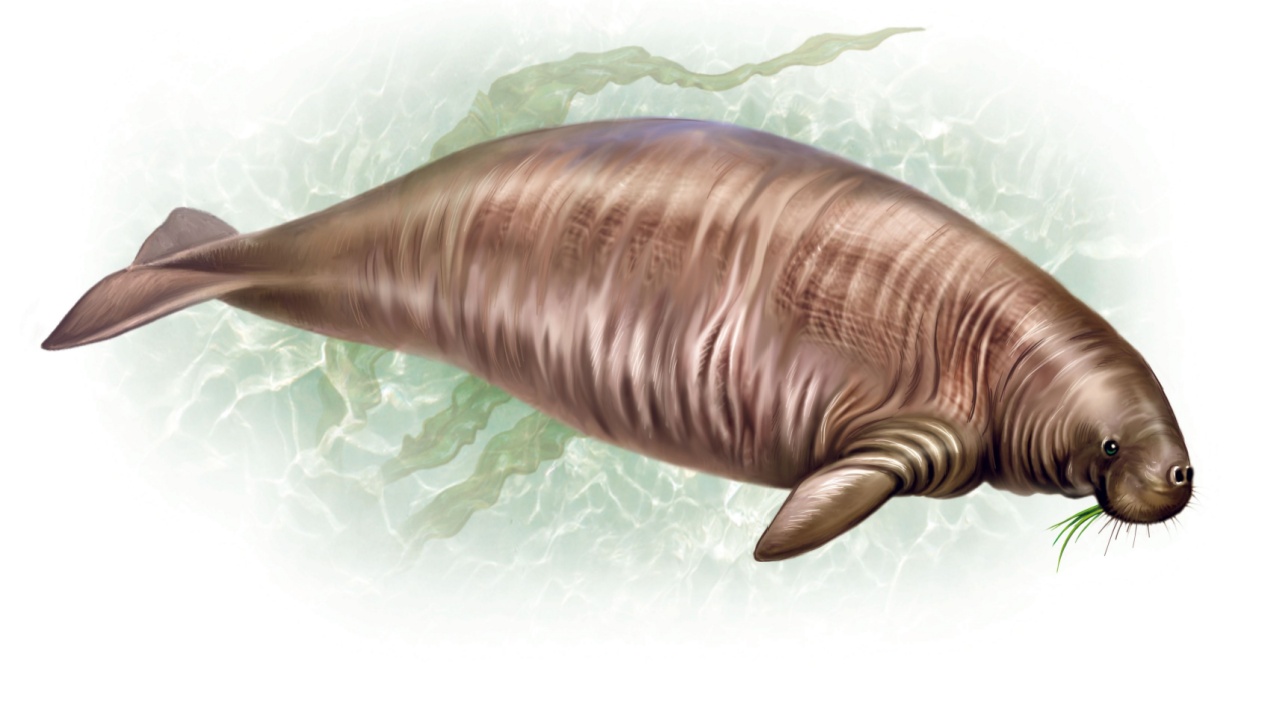
Last seen in 1768
Steller’s Sea Cow was a massive marine mammal found in the North Pacific. Discovered by Europeans in 1741, it was hunted to extinction within 27 years for its meat and hide. Its rapid disappearance serves as a grim reminder of human impact.
15. Round Island Burrowing Boa
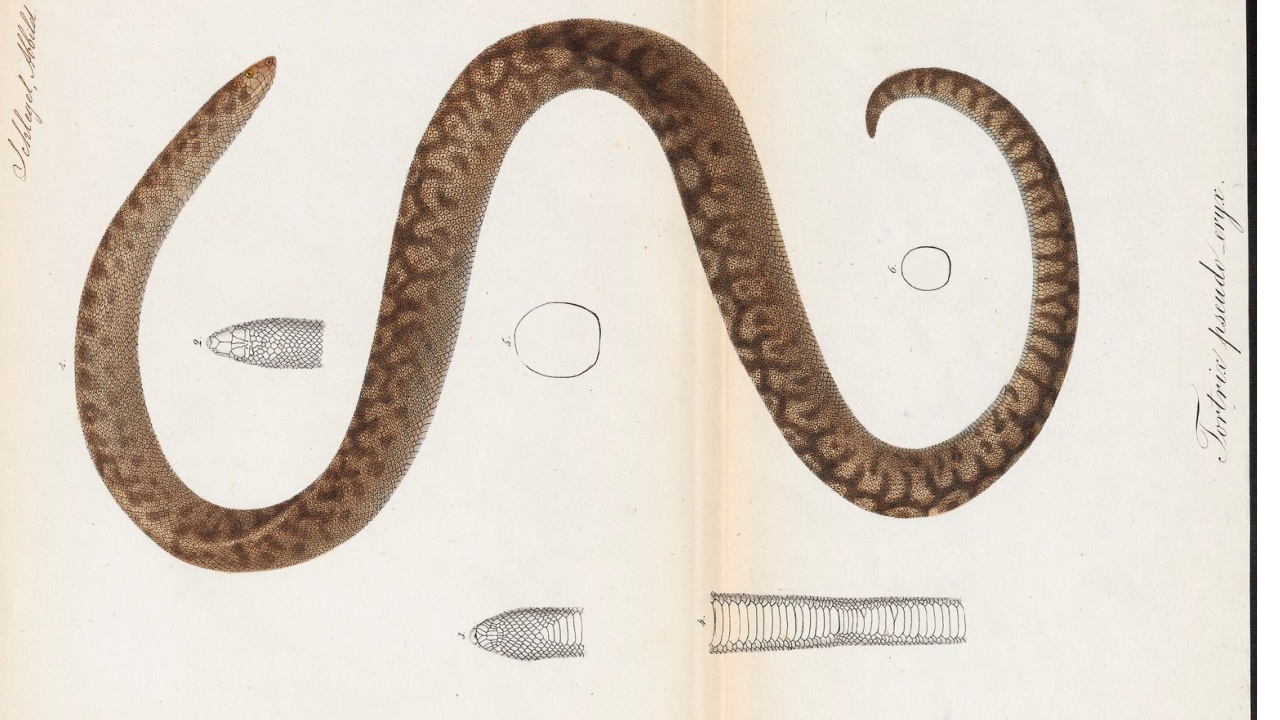
Last seen in 1975
Native to Round Island, a small island off Mauritius, this boa was a unique species adapted to its isolated environment. Habitat destruction and invasive species led to its decline, with the last sighting in 1975. Its extinction highlights the fragility of island ecosystems.
Becky is a fervent wildlife enthusiast and pet care expert with a diploma in canine nutrition. Her love for animals stretches beyond the domestic, embracing the wild tapestry of global fauna. With over a decade of experience in animal welfare, Becky lends her expertise to OutlandishOwl through insightful articles, captivating wildlife information, and invaluable guidance on pet nutrition. Her work embodies a deep commitment to understanding the intricate lives of animals and a passion for educating others on sustaining natural habitats. Becky's hands-on conservation efforts and her knack for translating complex dietary science into practical pet feeding tips make her an indispensable voice for creatures great and small.

